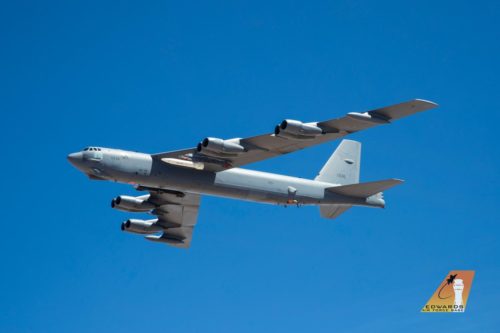The U.S. military’s development of hypersonic missiles has been analyzed by the Congressional Budget Office (CBO), and the results are in. Hypersonic weapons, capable of flying at five times the speed of sound, are touted as the future of rapid strike capabilities. However, according to the CBO, there are still hurdles to overcome before these missiles can be fully operational.
Hypersonic missile development’s biggest challenge is managing extreme heat exposure. Unlike cruise missiles, which fly at lower speeds in the atmosphere, or ballistic missiles, which fly mainly above the atmosphere, hypersonic missiles spend most of their flight in the atmosphere and are exposed to high temperatures. To overcome this, extensive flight testing is required to understand how various materials perform and to shield the missiles’ sensitive electronics. Despite ongoing tests, failures have delayed progress.
The CBO found that hypersonic and ballistic missiles are well-suited to operate outside of potential adversaries’ anti-access and area-denial zones, or “keep-out” zones. Both types of missiles could provide the speed, accuracy, range, and survivability required for rapid strikes in conflict scenarios. These weapons could potentially combat anti-access and area-denial systems deployed by near-peer adversaries like China and Russia, allowing the US to strike targets within minutes over intermediate ranges with increased accuracy and reduced vulnerability to defenses. However, less expensive alternatives, such as subsonic cruise missiles, exist for missions that don’t require such rapid strikes. If targets need to be hit quickly and aren’t well guarded by defenses that can stop ballistic missiles during flight, ballistic missiles with maneuverable warheads could be a less expensive option.
The CBO analyzed the relative capabilities and possible costs of hypersonic missiles and potential alternatives in scenarios in which long-range, rapid-response weapons might be useful. CBO found that hypersonic missiles with sufficient ranges for A2/AD scenarios—at least 1,000 kilometers (km), or about 600 miles, for missiles launched from aircraft and at least 3,000 km, or about 1,900 miles, for missiles launched from the ground or sea—have the speed to be useful in the early stages of a conflict with a near-peer adversary.
For more information, hit the Source below
